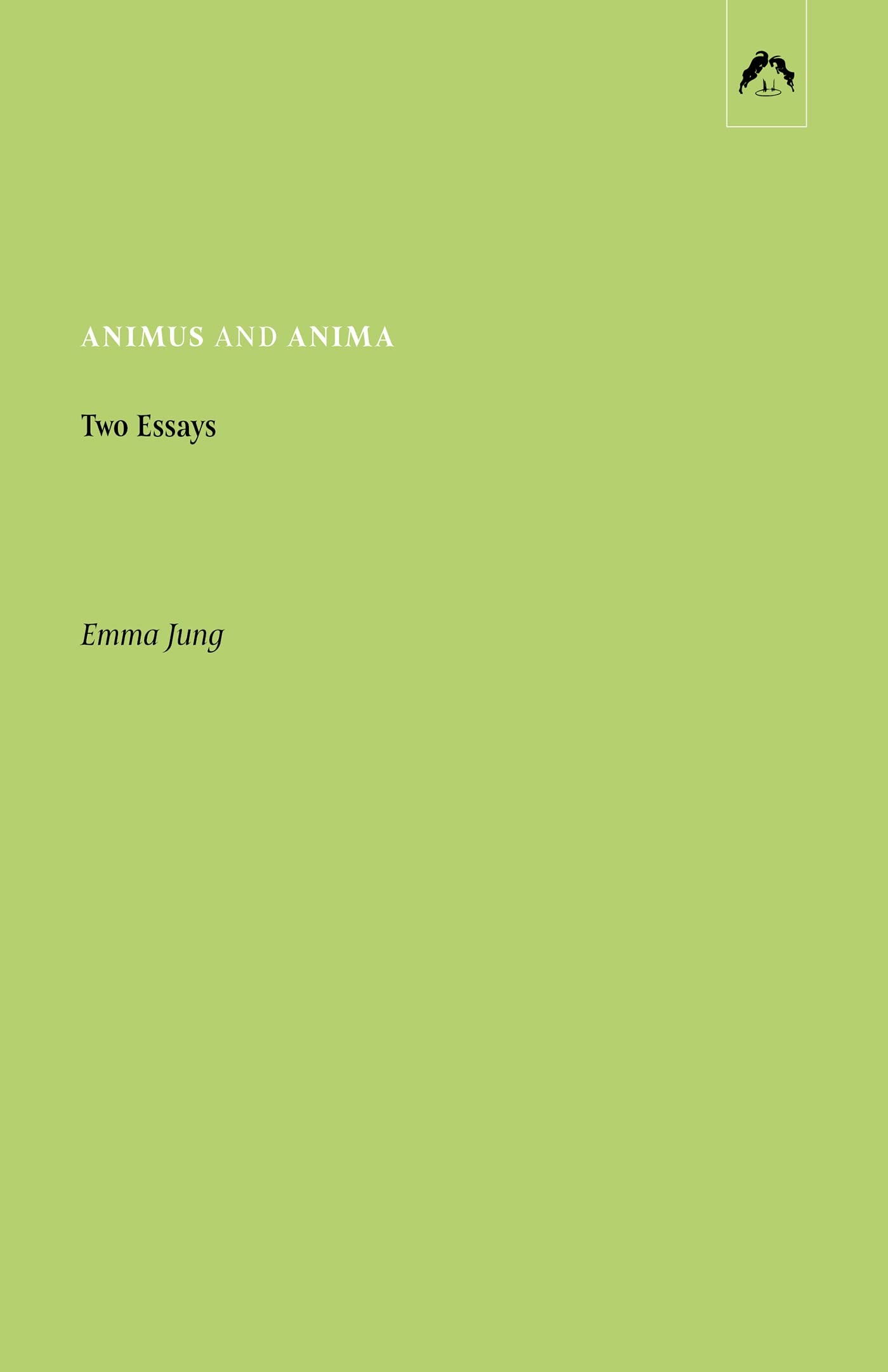What do you think?
Rate this book


101 pages, Kindle Edition
First published January 1, 1955
Long ago, there was a beautiful princess guarded by a fierce dragon… only the mightiest warrior one day will come in and slay the dragon and save the princess. Many have tried, and all have failed. Princess, gradually lonelier but still beautiful, awaits the warrior day after day…
... the anima, like the woman, is predominantly conditioned by eros, that is, by the principal of union, of relationship, while the man is in general more bound to reason, to logos, the discriminating and regulative principle.
For more exacting women, the animus figure is a man who accomplishes deeds, in the sense that he directs his power towards something of great significance… women in whom this aspect of masculinity is already harmoniously coordinated with the feminine principle and lending it effective aid. These are the active, energetic, brave, and forceful women.
... But also there are those in whom the integration has failed, in whom masculine behavior has overrun and suppressed the feminine principle. There are the over-energetic, ruthless, brutal, men-women, the Xanthippe who are not only active but aggressive.
...along with the discoveries and inventions of the last fifty years, we have also had the beginning of the so-called woman’s [sic] movement, the struggle of women for equal rights with men. Happily, we have today survived the worst product of this struggle, the “bluestocking.” Woman has learned to see that she cannot become like a man because first and foremost, she is a woman and must be one.
... the animus becomes autonomous and negative, and works destructively on the individual herself and in her relationships to other people… One of the most important ways that the animus expresses itself, then, is in making judgments, and as it happens with judgments, so it is with thoughts in general… they are generally valid concepts or truths which, though they may be quite true in themselves, do not fit in the given instance because they fail to consider what is individual and specific in a situation… this voice expresses itself from... a critical, usually negative comment on every movement, an exact examination of all motives and intentions, which naturally always causes feelings of inferiority, and tends to nip in the bud all initiatives and every wish for self-expression…
Because she feels this power instinctively and does not wish to lose it, she often resists to the utmost the process of becoming conscious…
To attain such an attitude and to be able to fulfill the appointed tak, requires, above everything else, discipline, and this bears harder on woman, who is still nearer to nature, than on man.